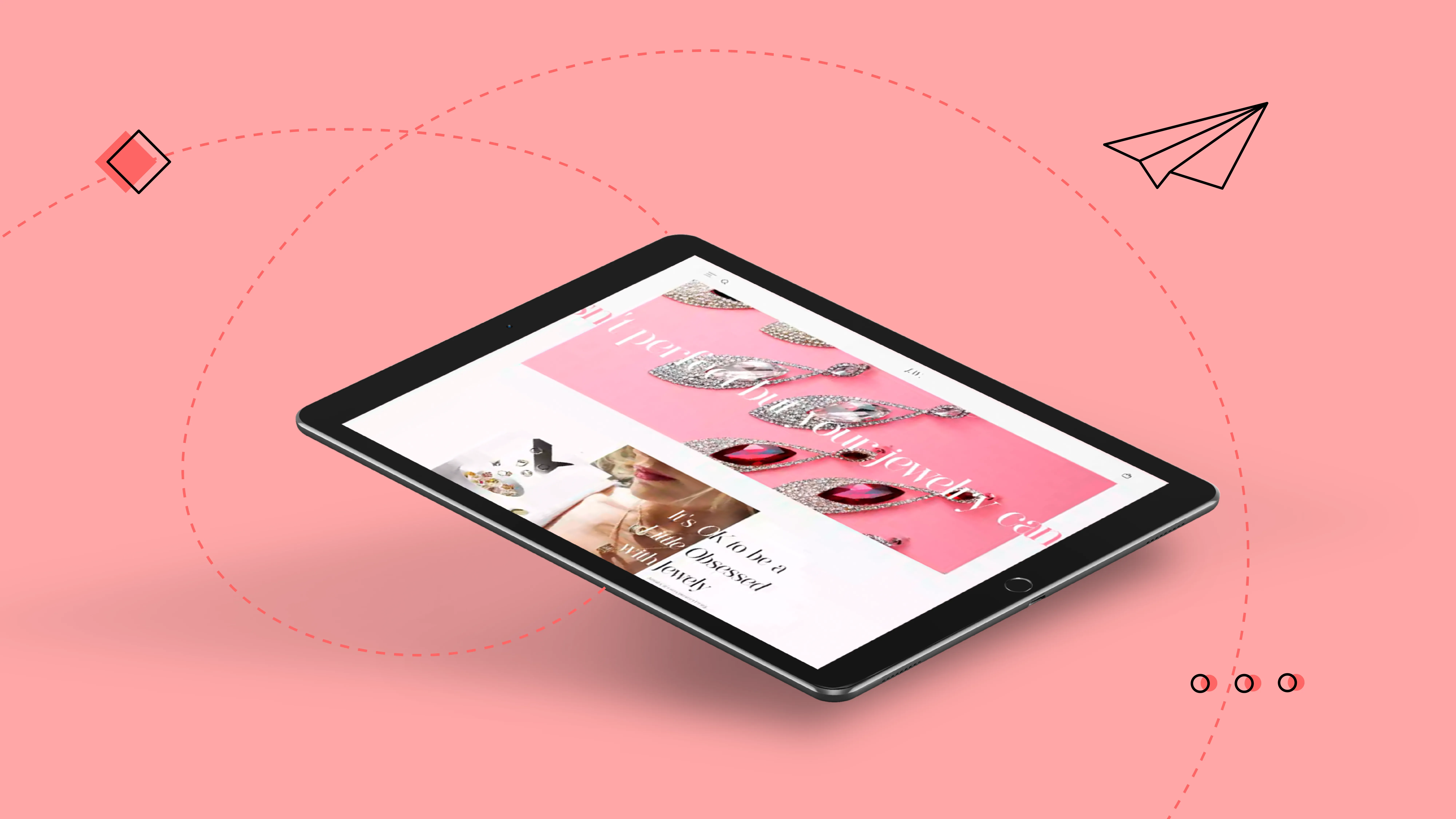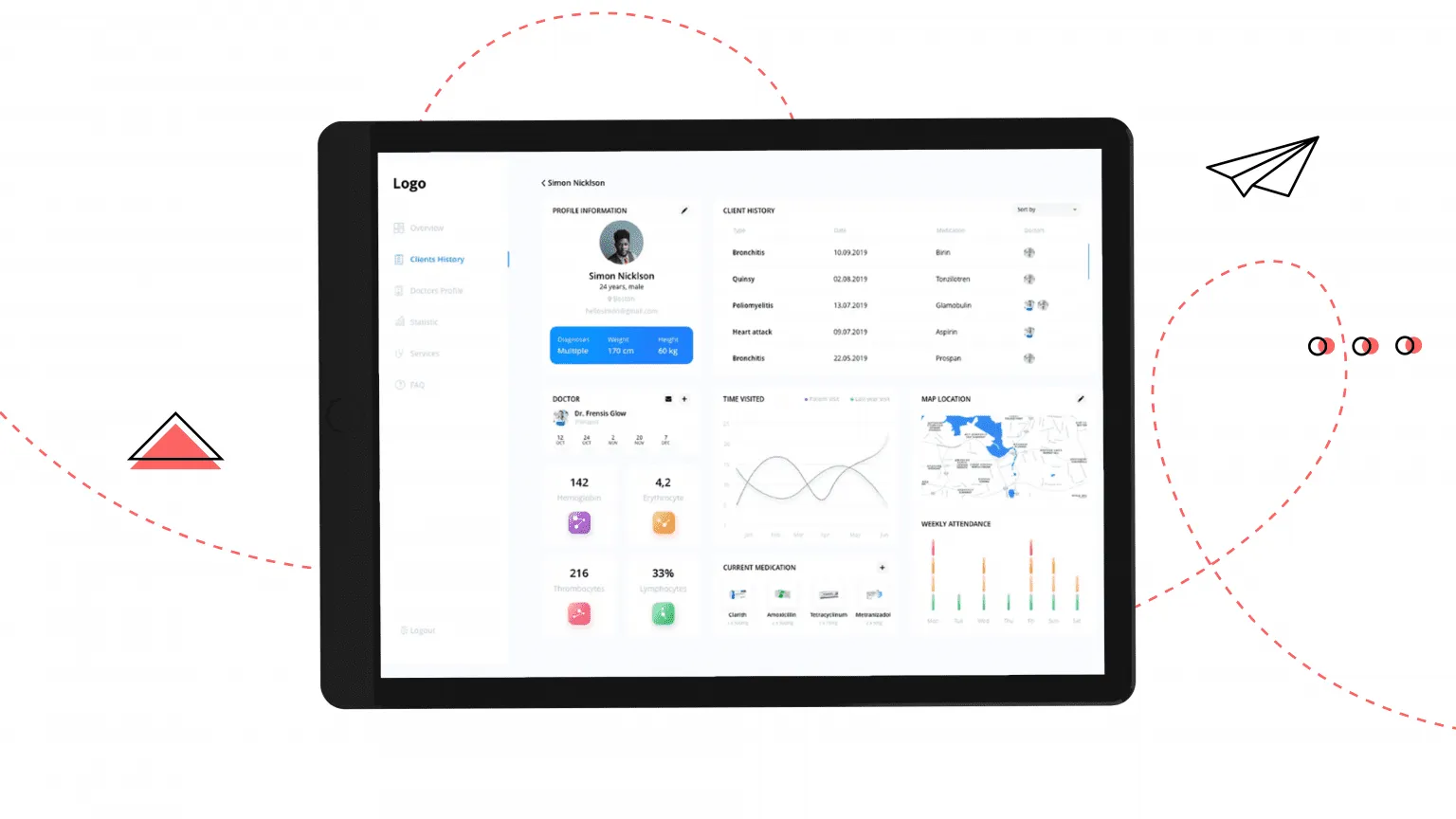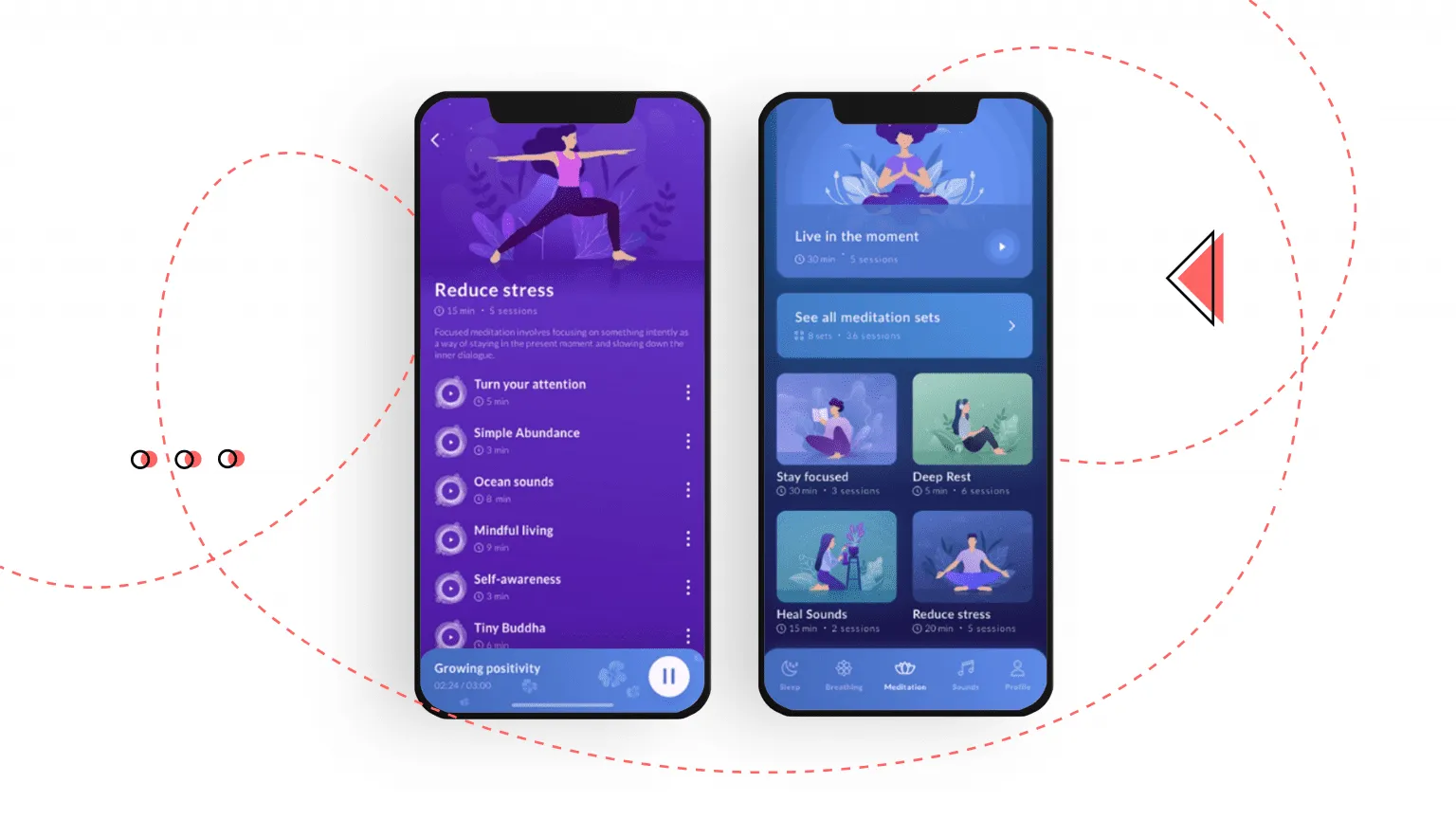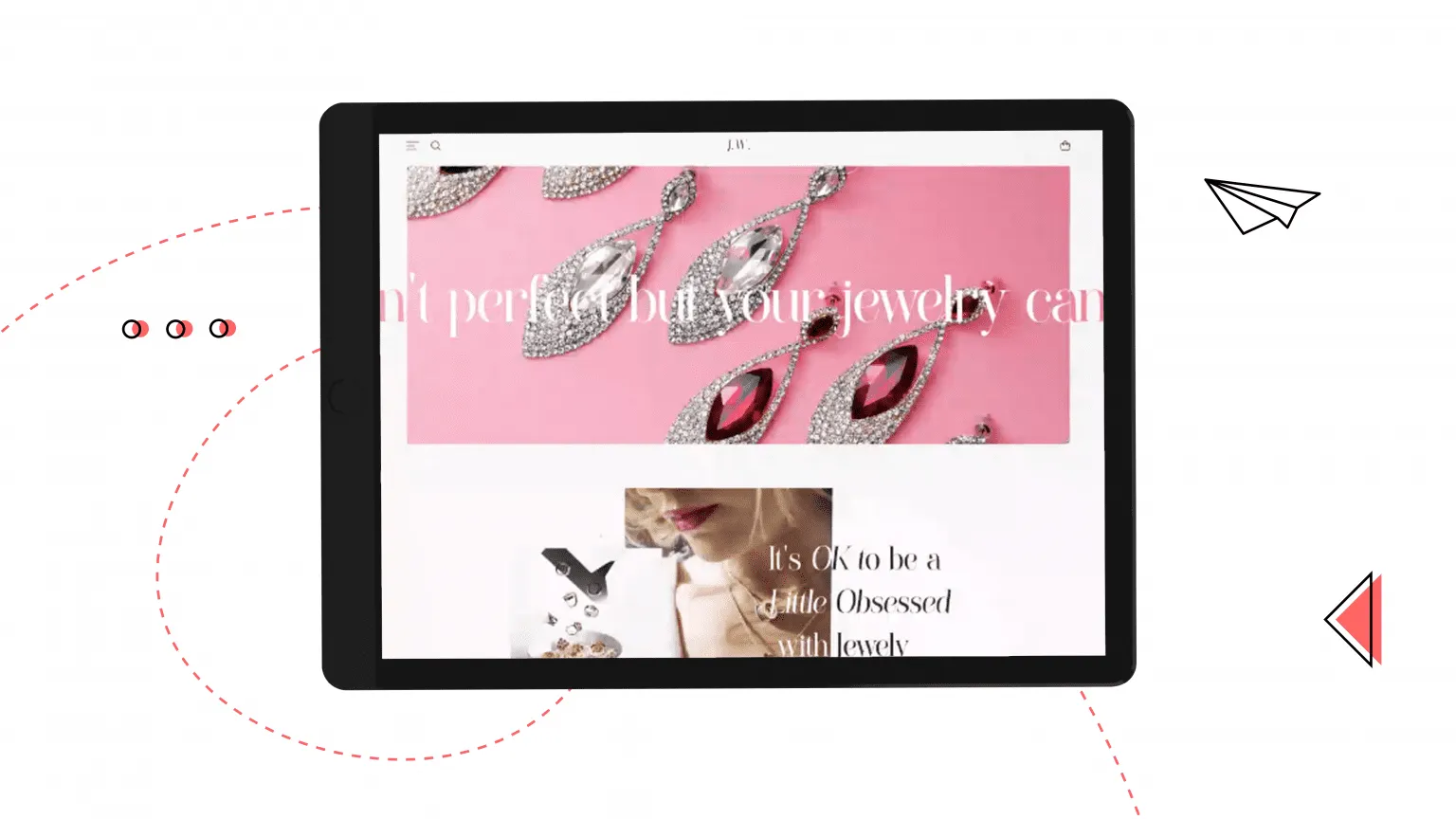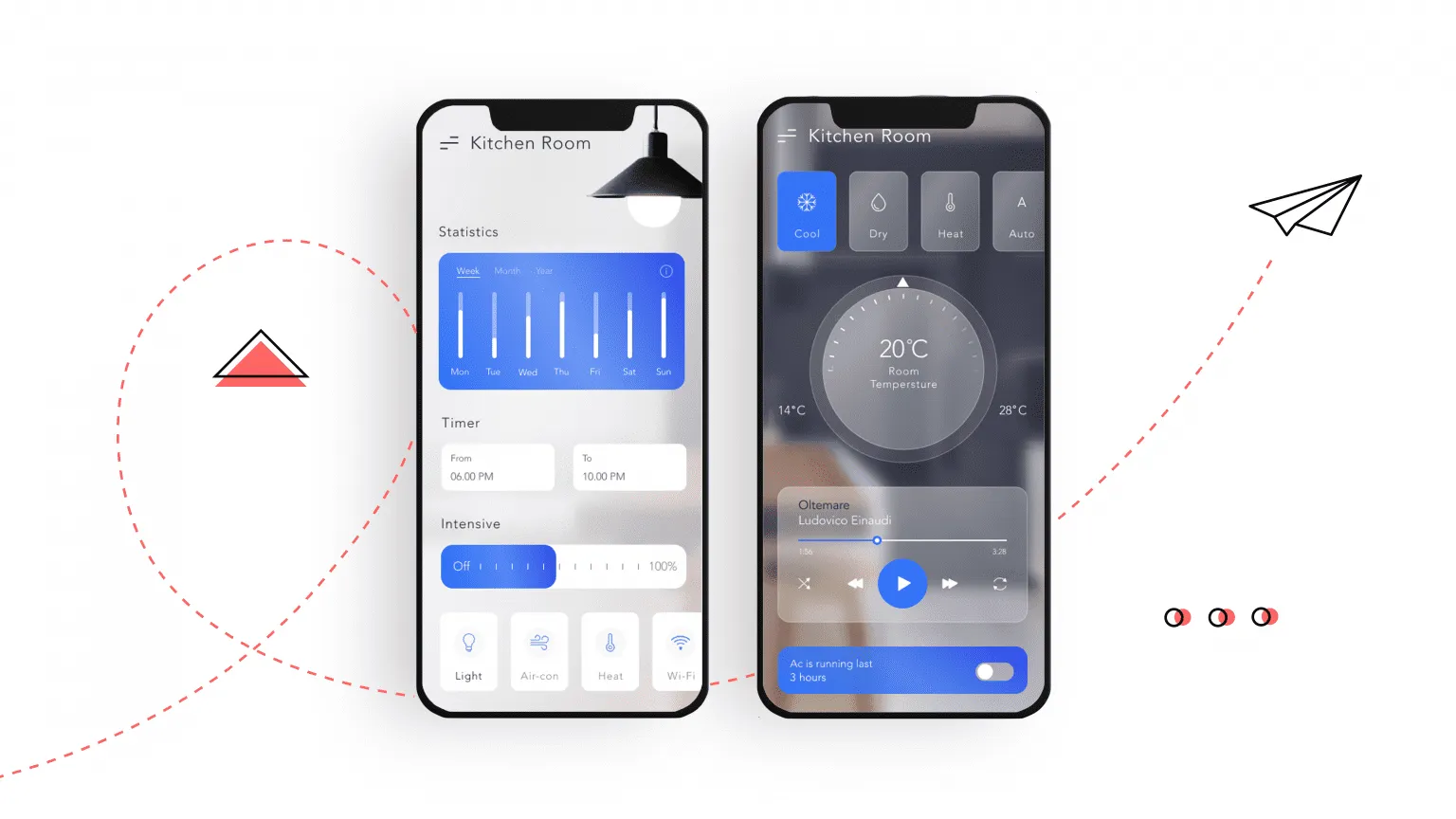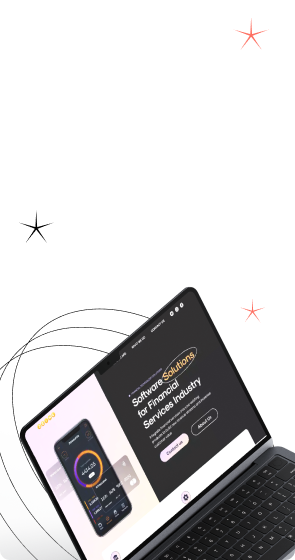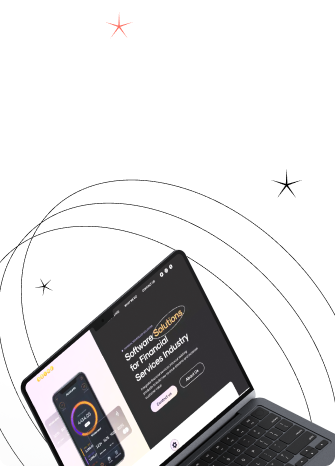We give preference to some social networks and ignore others for a reason. It’s believed that knowing which social network is a favorite for a person, you can say a lot about his character and habits. However, one can only partially agree with this opinion. We are all different, and the goals of our presence on social networks also differ.
Hundreds of new apps are released every day, and popular apps are updated almost every week. Thus, there is a constant update of the technology, but do we improve applications? Does the novelty itself bring about an improvement in the user experience? To answer this question, designers must create products based on user behavior, needs, and priorities.
Creating personality-oriented design means being open and consistent in design work, covering the product’s entire lifecycle, identifying user needs, and creating a product that meets those needs. When you understand the users and then design the product from their perspective, you develop unusual answers. Personality-oriented design is how you think and what you do. It’s essential to establish deep empathy with whoever you’re designing for. This article will share what personality-oriented design is and what the main personality types of users are.
